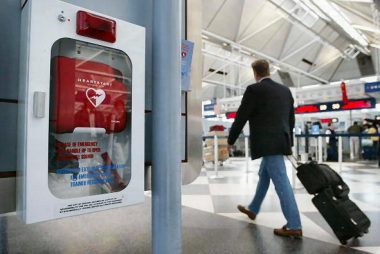The Need to Confirm “Eyes On” Inspection
An aquatic facility manager once told me he found his CPO completing a months’ worth of water quality inspection forms on the day he was submitting them to the health department. It was just too much trouble carrying the forms around while doing inspections, he had found it easier to fill them out once back at the office. That had evolved to completing all with normative data at the end of the month. It didn’t mean the inspection wasn’t done, it simply meant there was no accurate record of it. The question becomes how long before a few inspections are missed, yet there is a completed report? That is the beginning of an eventual catastrophic outcome.
Employees will always find a shortcut to completing any process. At times that resembles efficiency, but often it is avoidance of your best practice standards. They are willing to take chances you are not. It matters little if we are using paper or digital checklists if there is no confidence that either reflects an actual “eyes on” procedure. However, the use of a digital device does provide the technology that can deliver certainty.
The RiskWatchCloud uses two methods that confirm inspections are “eyes on.” Our checklist app has a feature that requires a digital label to be scanned before an inspection report can be opened. This works particularly well for equipment inspections. The label is created in the software at the same time the device is added, and once sent to a printer it is a simple matter to attach it. This also works equally well for room or “area” inspections. Simply attach the label to a wall. The legal requirement is “on or near” the inspected item(s).
The other method used is our GPS feature. We can assign a location for any device or inspection area that includes GPS coordinates. Creating the report at the assigned location will automatically attach those coordinates. When an inspection report is filed, the system compares the location of the user with the assigned device or area location.
Both will place the employee at or near the device or area when the inspection was done. It validates that at the time of the inspection, there were “eyes on.” It is an added level of accountability.
The need for confirmation is not a failure of trust; rather it is a matter of trust but verify!



